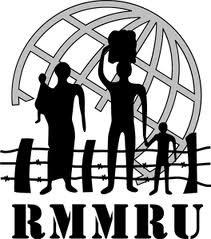In the DECCMA project, I worked as a Field Research Assistant in thirty different unions and wards across six districts over the past seven months. Among those Char Lakshmi is one of the most hazardous areas as it is located beside the Meghna River in Ramgati Upazila of Lashmipur district.The people of the village are affected strongly by erosion in the area. They lost many of their valuables to the Meghna River about a decade ago. At first, they took shelter on different high grounds. Many migrated to other places, losing their homes and properties. Later, UNO and local representatives of the Government of Bangladesh gave them grants. Every household got nine decimals of land to live and some financial support to build a home. However, according to many of them, the aid was insufficient. Most of the houses are made of bamboo and tin. We observed some houses made of mud in this locality as well. There is only a single room in most of the houses, but some have two. In either case, it is inadequate for them to live in. These structures are not strong enough to withstand the power of cyclones or other weather events.
Communication systems in the village are also very fragile. Large portions of the road are argillaceous and the rest of the roads are made from brick. Roads are so narrow that transport cannot pass properly.
However, they alone are not able to address the greater landscape of climate change. Local, community-based approaches will be important in addressing system-wide activities like access to markets, and seasonal migration as a source of income diversification. Trade is also important in building resilience, especially for those who live along the coasts.
Name: Tanjim Uddin
Education: Sociology, University of Chittagong




